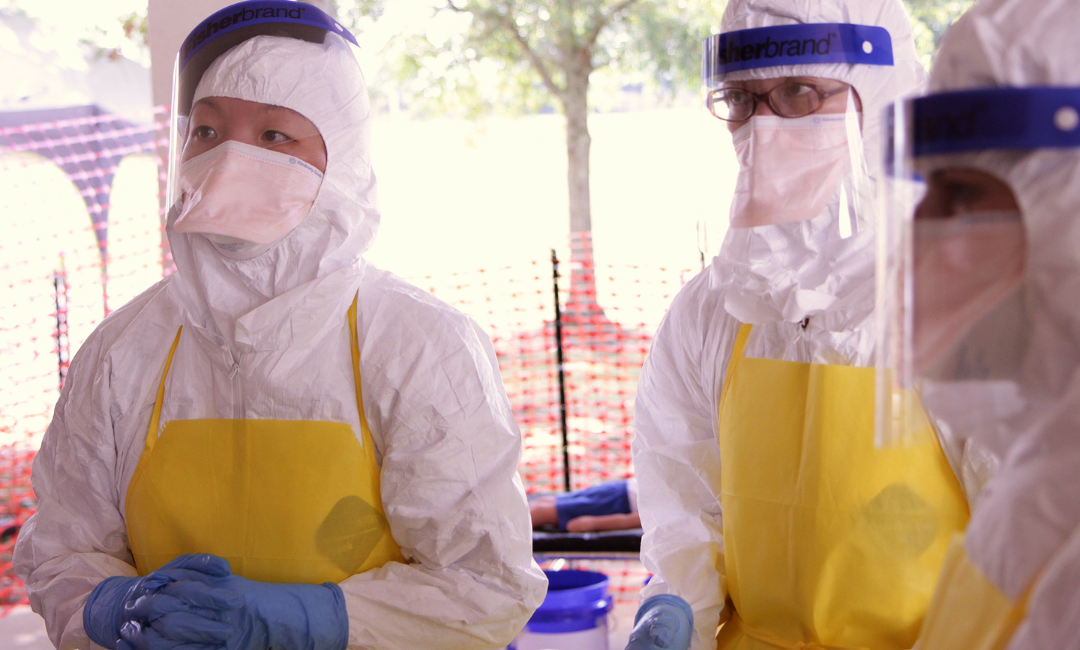History of Midwifery
Midwifery was “the most customary practice for pregnancy care and childbirth” in the United States during the 19th century, according to the Oregon Health and Science University Center for Women’s Health. Training occurred through apprenticeships with more experienced midwives, who, in many cases, were the only primary care provider.
In 1925, Mary Breckenridge founded Frontier Nursing Service, making nurse midwifery a more official profession, but her “racist and xenophobic past is controversial.”
“Mary Breckenridge’s beliefs reflected racist values and did not allow African American women to be educated as midwives,” said Venay Uecke, C.N.M., OHSU Midwifery clinical instructor and practice manager of the Hillsboro Medical Center Midwife Faculty Practice Uecke.
This led to a trickle-down effect that negatively affects communities of color today, with Black mothers two to three times more likely to die in childbirth than white mothers, according to OHSU.
A recent Centers for Disease Control and Prevention analysis found there was a significant decrease in maternal mortality among Black, white, and Hispanic women in 2022. But Black women still had the highest mortality rate at 49.5 deaths per 100,000 live births, compared to 19, 16.9 and 13.2 for white, Hispanic, and Asian women, respectively.
Midwives and Maternal Mortality
In Arkansas specifically, the pregnancy-related mortality ratio was 35 per 100,000 live births between 2018 and 2020, according to a December 2023 legislative report from the Arkansas Maternal Mortality Review Committee, or 100 pregnancy-associated deaths.
The report identified cardiovascular-related disorders as the leading cause of those deaths.
“Systems should increase access to comprehensive health services during pregnancy, the year after pregnancy, and throughout the preconception and interpregnancy periods to facilitate continuity of care, implement effective care transitions, promote safe birth spacing and improve lifelong health of women,” the report stated.
Nearly 50 certified nurse midwives have active licenses in the state, a state Department of Health spokeswoman told the Democrat Gazette.
A 2023 Government Accountability Report on midwives noted an increase in the number of midwives and midwifery students. In 2021, there were nearly 13,500 certified nurse midwives (CNM) and certified midwives and more than 3,000 students studying to become midwives. Meanwhile, there were more than 2,700 certified professional midwives (CPM) and 853 CPM students.
The GAO report found a “wide variation” in the proportion of births that included a midwife, using 2021 data from the CDC. Alaska had the highest percentage of midwife-attended births at 31.9% compared to 1.1% in Arkansas.









